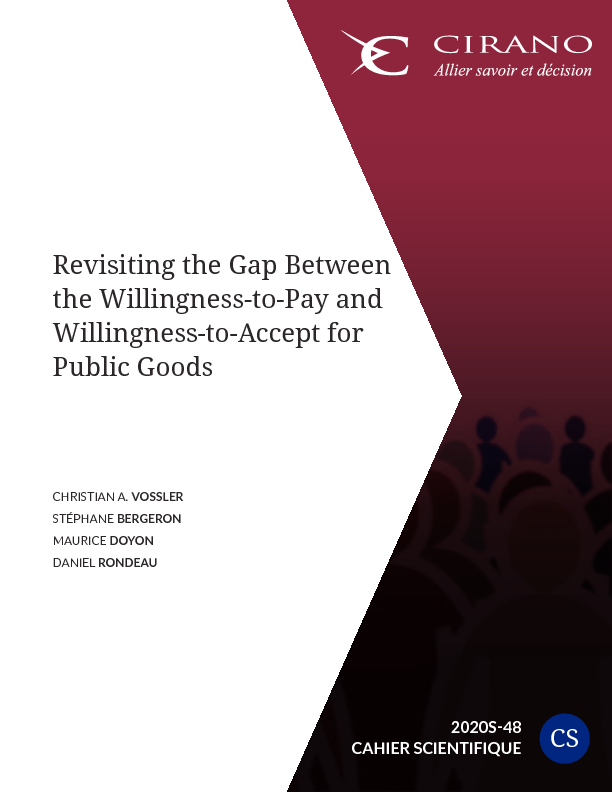Revisiting the Gap Between the Willingness-to-Pay and Willingness-to-Accept for Public Goods
Comparisons of willingness-to-pay (WTP) and willingness-to-accept (WTA) compensation measures have raised concerns over the validity of stated preference methods, and have motivated researchers to predominantly elicit WTP measures even when existing property rights or entitlements would make WTA measures more appropriate. Extending the insight of Plott and Zeiler (2005) to the case of public goods, we argue that past results may in part be driven by experimental design choices, including the use of non-incentive compatible elicitation methods. Using the conservation of wetlands in northern Quebec (Canada) as a case study, we find that WTA/WTP ratios are poorly identified unless estimation procedures control for the beliefs of respondents regarding the consequentiality of their responses. Beliefs over consequentiality are directly tied to sufficiency conditions for the incentive compatibility of stated preference surveys. We find that when respondents express at least “moderate” beliefs over the consequentiality of the survey, resulting WTA/WTP ratios are close to unity.




